How to grow Eucomis
Native to southern Africa, Eucomis commonly called Pineapple Lilies or Pineapple Flowers due to their flower spike which arises as a sturdy stem covered in star shaped flowers with a tuft of green leaves atop giving a pineapple resemblance. Eucomis are easy to grow summer flowering bulbous perennials which form a large basal rosette of strap shaped leaves.
Its genus as first publicised by Charles L'Héritie a Parisian botanist in the 18th century. The name Eucomis is of Greek origin eu- meaning "pleasing" and kome "hair of the head” in reference to tuft of bracts at the top of the flower stem.
There are 13 species within the genus which belongs in the Asparagaceae family. Its ‘cousins’ within the asparagus family are Yucca, Hosta, Camassia, Hycainthoides non-scriptus (Bluebell), Muscari armeniacum (Grape Hyacinth), Polygonatum multiflorum (Solomon’s Seal) and of course Asaparagus officinalis.
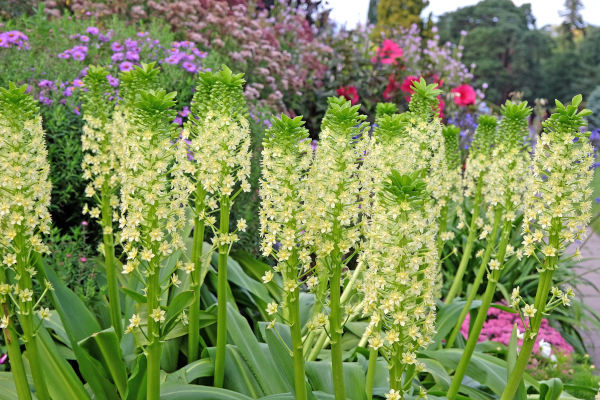
Zantedeschia is a genus of flowering plants from the family Araceae and is native to southern Africa. With a rich history dating back to the Ancient Romans, these deciduous or semi-evergreen perennials have been used as a symbol of celebration. Zantedeschia was Named after Professor Giovanni Zantedeschia, an Italian botanist.
There are two main forms of Zantedeschia: hardy and tender. Hardy forms of the plant can be grown outdoors, enjoy moist soil and full sun or partially shaded conditions - these are known as Arum lilies. Tender forms of Zantedeschia prefer being grown in containers or pots and should be brought inside over the winter - these are known as Calla lilies.
With tuberous flora in all colours from whites, yellows and oranges to deep reds and purples, Zantedeschias are not to be overlooked in any garden, as long as they have sufficient sunlight to grow in.
Ready to learn more about growing Zantedeschia? Read on for all there is to know...

Key Information
Soil pH
Position
Hardiness

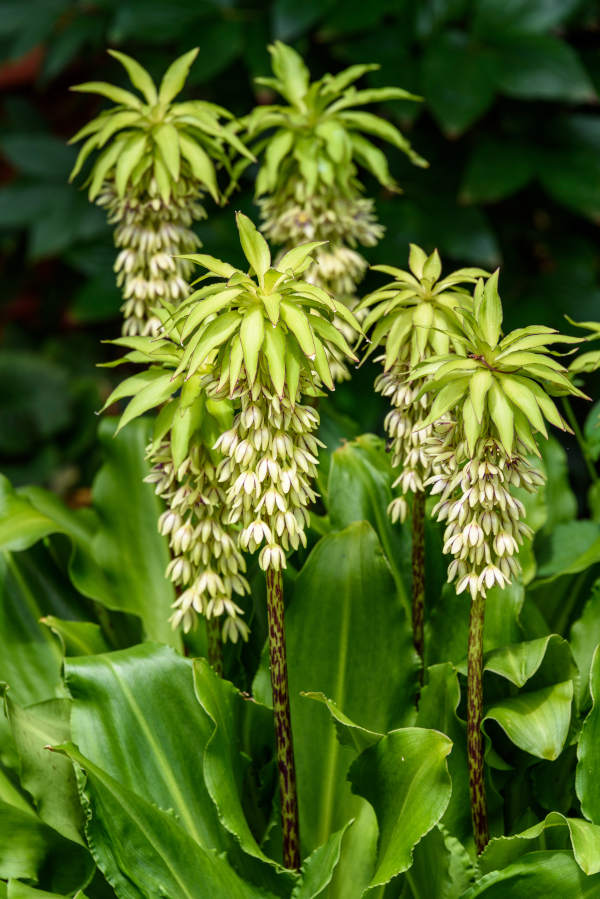
Where & when to plant Eucomis
Position - Full Sun
Soil - Moist well drained soil which can be slightly acidic. Will grow in chalk, loam or sand.
Flowers - Mid-Summer
Horticultural Divisions - here we list out the most popularly cultivated species and hybrids available in the U.K.
| Species | Common name |
Hardy in coastal and relatively mild parts of the UK (H3 / 1°C to -5°C)
| Eucomis zambesiaca | Zambesi pineapple lily |
HARDY – Hardy through most of the U.K. (H4 / -5°C to -10°C) | Eucomis autumnalis | Pineapple lily |
Eucomis bicolor | Two-coloured pineapple lily | |
Eucomis comosa | Pineapple lily | |
Eucomis montana | Mountain pineapple lily | |
Eucomis pallidiflora | Giant pineapple lily |
Eucomis can be planted all year around when purchased grown in pots but spring to early summer is probably best.
Bulbs are available for planting in early to mid-spring when the ground is not frozen or waterlogged.
If container grown plants are planted out during the active summer growing season make sure that they are watered regularly until the plant has settled into its new location. Water at soil level rather than the foliage.
Eucomis prefer full sun locations with moist, free drained soil. If the soil is too light, and poor quality and prone to drying out eucomis will not do well.
Eucomis are relatively hardy but do not like winter wet, in colder areas plant in patio containers which can be bought under shelter.
Plant in front to middle sections of flower borders, patio containers, gravel gardens.
How to plant Eucomis
- For planting in the garden, dig the soil area removing any large stones and weeds and breaking up any lumps. Mix in some organic matter, ideally leaf mould, though manure or garden compost are also fine. Rake level and firm with your heels. Rake level again.
- Water plants well and allow to drain before planting.
- A good tip is to dig a hole twice the size of the root-ball. Fill with water and allow to drain before placing in the plant which is especially good for summer plantings.
- Remove the plant from its pot placing the plant in the hole, ensuring the top of the root ball sits level with the surface of the soil. Too low and the plant may rot, too high and the roots can dry out.
- When Planting Bulbs plant each bulb 10-15cm deep to protect to protect from frost damage. Place bulbs 15cm apart. Each bulb tip should be a few centimetres below the surface of the soil.
- Backfill with soil and firm in gently with your foot.
- Soak soil well with water.
- For planting in containers, first choose an appropriately sized pot. A 30cm diameter pot is ideal for 5 bulbs. You can choose a bowl shaped planter for shorter varieties which will leave the planted container looking well balanced.
Always ensure there are plenty of drainage holes in the bottom.
- Use a good quality potting compost if you have it and mix with garden soil. Mix in some horticultural grit and, if not already present (check the labelling on the bag) some slow-release fertiliser granules.
- Start by partially filling the pot with compost so that the bulbs will sit 12-17cm below the inner rim of the container.
- Evenly space out the bulbs, rounded end down pointed end up, onto the compost surface. Backfill the container with compost carefully covering the bulbs. Fill the container to just above the inner rim and lightly firm with fingertips.
- Pick up the container and lightly tap on the potting bench or ground a few times to help further settle the compost around the plant. The compost should be approximately 2cm from the rim of the planter.
- Soak well with water.
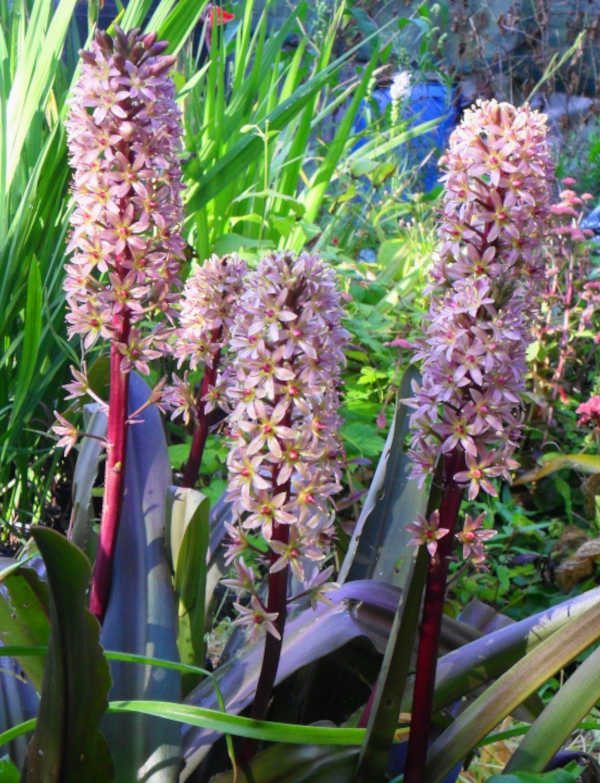
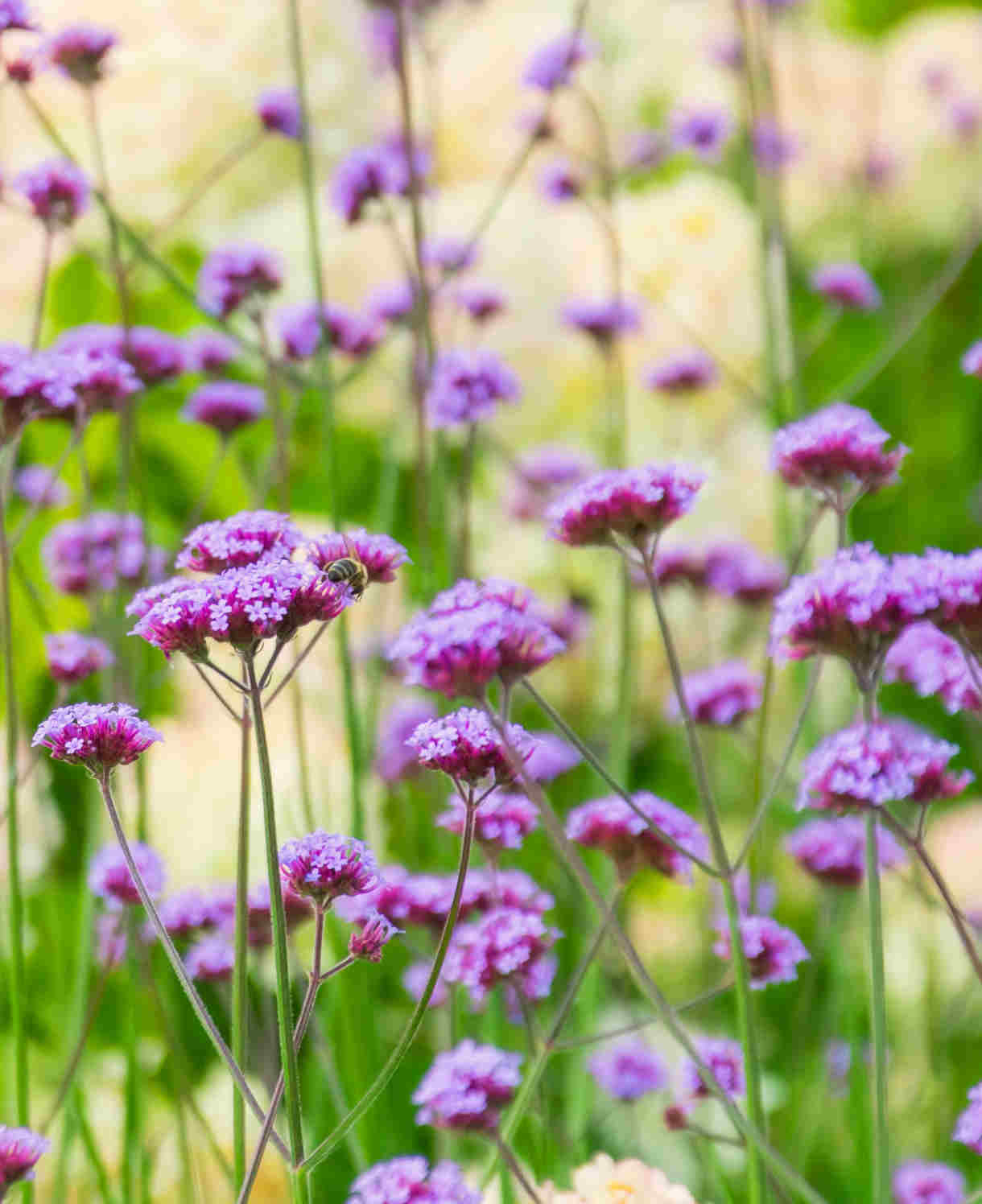
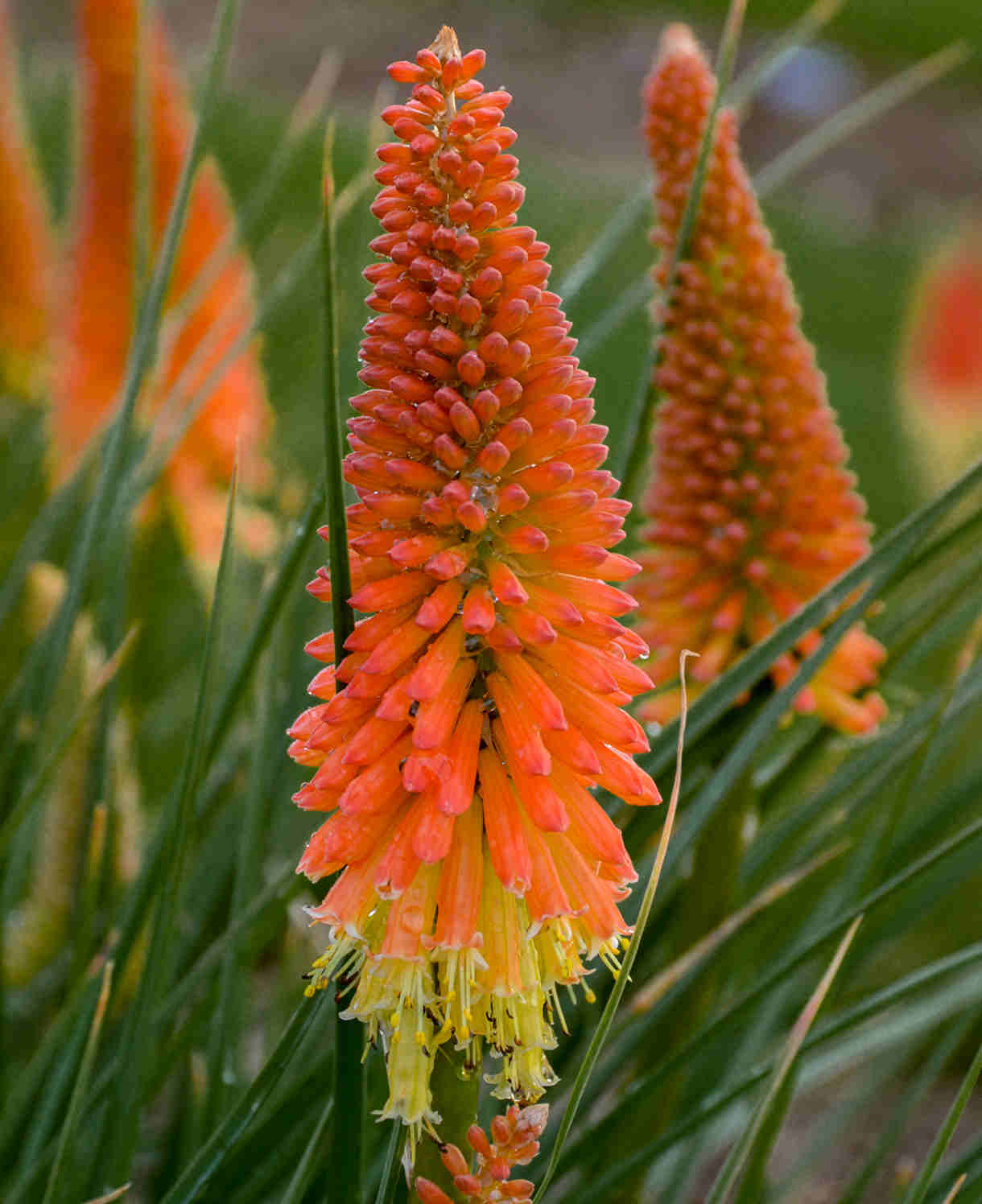
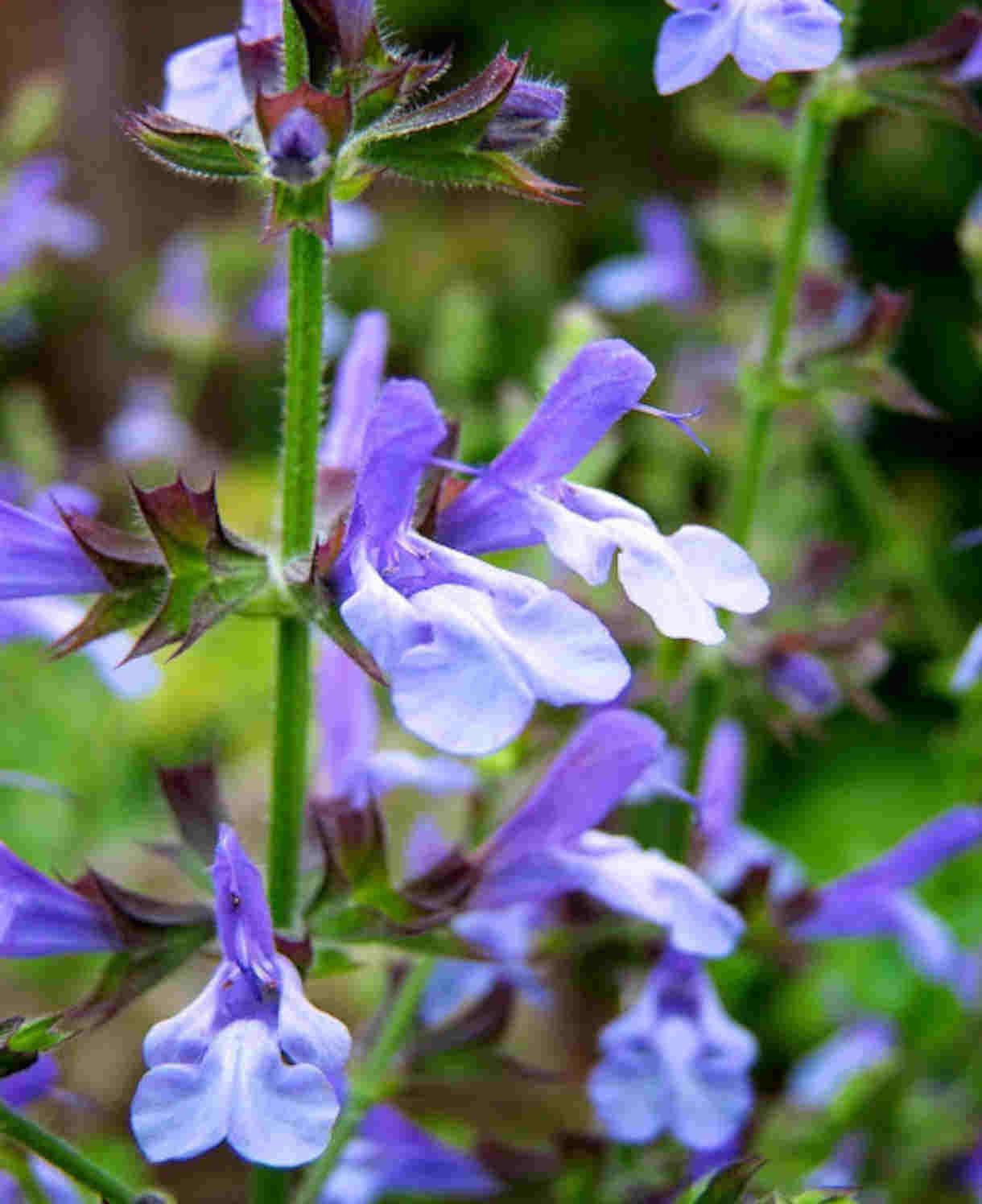
How to care for Eucomis
Pruning and Deadheading
Remove spent eucomis flowers by cutting off flowering stem at the base.
Tidy decaying foliage away in autumn.
Watering
Preferring moist free drained sites but do not allow to dry out in summer.
If grown in containers water the soil regularly checking the to see if the soil is dry when you wiggle your fingertip into the soil surface. Ensure the container has plenty of drainage holes and water can escape from the bottom of the pot by using pot feet.
Feeding
On healthy, fertile soil, a mulch of well-rotted organic matter (i.e., a layer of leaf mould, manure, or garden compost applied to the soil around the plant) should provide enough nutrients for your eucomis. This has the added benefit of suppressing weeds and locking in moisture. Mulch when planting, and then again each spring.
If you garden on poor soil or your eucomis looks in need of a boost, applying a granular general purpose feed to the surface of the soil and lightly working in can reap benefits. This is known as a top dress and should be done when you’re mulching in spring – first apply the feed, then cover with the mulch.
Container-grown plants are different as they rely solely on the gardener for nutrition. Get off to a flying start by making sure you use a good quality compost with slow-release granules mixed in. These generally provide nutrients for around 6 to 8 weeks, after which you’ll need to apply a liquid feed every 2-3 weeks until the end of the growing season (i.e., September-ish).
Remember to repot your eucomis every few years into a slightly larger pot or in late autumn separate the bulbils and keep cool, dry and ventilated. Re-plant bulbils using fresh compost in spring.
In-between, it’s worth removing the top few centimetres of compost each spring and replacing with a fresh mix of compost and slow-release granules.
Cold Protection
Eucomis, whilst fairly hardy do not like prolonged winter wet or hard frosts. Ensure the plant is situated in a free drained location and containers are raised on pot feet. It’s a good idea to cover the crown with a 20cm layer of straw to help keep the crown dry in really wet winters. Remove the straw in early spring.
Alternatively bulbs can be lifted in late autumn, shake of the soil, dry and store in a cool, frost free location such as greenhouse or shed.
Containers can be brought into a cool yet frost-free place in October. You can allow the compost to dry out and the bulbs will become dormant. Remove all the dry and yellowed foliage. Begin watering again in late March or April.
Pests and Diseases
Eucomis are relatively pest free. Watch out for mice, slugs and snails.
How to propagate Eucomis
You can propagate eucomis by taking leaf cuttings or from seed which can both take years for the bulbs to flower. The easiest and quickest to flower propagation is by dividing the bulbs every few years.
When your plant is at least 3 years old and has been growing well in the previous season you should be able to divide the individual bulbs that form under the soil.
Eucomis are summer flowering so require division either late autumn or in early spring when the plant is dormant.
- Make sure the plant is not suffering from drought, pest or disease.
- Lift bulbs carefully by digging all around its growing location with a fork. It’s a good idea to use small green canes as markers when the bulb is in active growth to be able to identify the planting location when in dormancy.
- Shake off excess soil so you can clearly see the bulbs.
- Gently tease apart the bulbs. Planting each bulb separately either back into the planting location or into pots filled with good quality compost as described in Planting in the Garden or Planting into a Container
- Bigger bulbs are more mature and will therefore flower quicker. Smaller bulbs may take a couple of years before they flower.
- Water well and leave.
- The eucomis bulbs should show signs of leaf growth as spring progresses.
* Many plants carry Plant Breeders Rights and cannot be propagated for commercial purposes.
Common Eucomis questions
When should you plant eucomis bulbs??
You should plant great value eucomis bulbs in mid spring.
Is eucomis perennial?
Yes, eucomis are bulbous perennials. Growing each spring, flowering in summer and becoming dormant in late autumn where the bulb prepares for winter underground.
Is eucomis poisonous to cats?
There are no reported toxic effects known.





